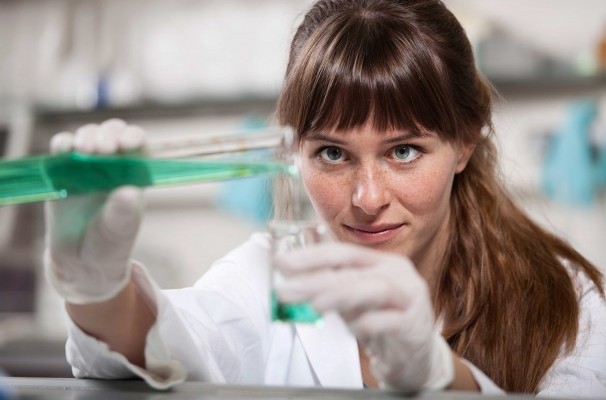06-04-2016
4 questions about the greening of the chemical sector
Taking the next steps in research into bioaromatics and the building of testing grounds is what Green Chemistry Campus and Brightlands Chemelot Campus are starting to work on together. The total size of the SCeLiO-4B project is €11.4 million. Because greening of the chemical sector is high on the agenda, the European Union has awarded a €4.5 million grant. Four questions to TNO's Joop Groen.
What will cooperation lead to in this project?
“For several years, TNO and VITO (the Flemish Institute for Technological Research) have been working at the Green Chemistry Campus in Bergen op Zoom on the Shared Research Programme Biorizon, developing technology to produce aromatic raw materials from plant-based residue. This reduces dependency on petroleum, leads to lower carbon emissions, and offers a profitable and sustainable perspective for the chemical sector. TNO works on this intensively with Avantium and WUR/FBR (Food & Biobased Research Institute, Wageningen University). Biobased technology is also the focus of the Chemelot InSciTe programme at the Brightlands Chemelot Campus in Geleen. We have had intensive contact in the past, but this grant marks the start of our first major joint project. SMEs including Progression Industry, Nettenergy, Savage Rivale, and FlowID also play an important role in this regard. The project moreover enjoys support from the provinces of Limburg and Brabant. Shared research is an effective and efficient way of working on these types of technological developments. On the one hand, by combining knowledge and expertise and, on the other hand, by sharing facilities and the required investments.”
What is the current situation?
“We have tested a number of theoretical routes in Biorizon, including routes for converting sugars from biomass into furans, an intermediate product in the final production of aromatics. As a result of this, we now know which routes work and do not work, including from an economic perspective. We have also created strong industrial clusters that are actively cooperating and co-investing in technological development. On the side of the end-user, these include major national and international suppliers of polymers, coatings, and high-quality lubricants. At the front end of the value chain, namely where biomass originates from, we are collaborating on the Waste 2 Aromatics project, in which we investigate how specific organic waste flows can be used as raw materials. These clusters along the value chain not only need each other, they boost each other immensely.”
Which steps are being taken now?
“In the SCeLiO-4B (Sugars, Celluloses and Lignin Scaling-up towards Biobased Building Blocks) project, we are working on keeping track of, developing, testing, and scaling-up innovative processes, products, and by-products in the area of bioaromatics. We are also building testing grounds for scaling-up, both at InSciTe and on the Green Chemistry Campus. Our project application clearly describes how we are going to do this and what it will achieve. The European Union assessed those proposals on the basis of quality and industrial involvement. As we scored very high in that respect, the grant was awarded. We are also compiling an excellent patent portfolio around this technology in Biorizon. In this way, we ensure that partners of Biorizon are free to work with the technology, enabling them to develop a competitive edge over parties that do not participate.”
How can organizations join?
Large companies, SMEs, start-ups, and other organizations that work with raw materials, the conversion of biomass, technology, semi-finished products, and end products can become a member of the online community and make initial contact via the ‘Join Us’ button on the Biorizon.eu website. They are given detailed information at an early stage and can also help give the programme direction and determine priorities. This initial contact can later also extend to actual participation in the projects.”
Source: TNO TIME
